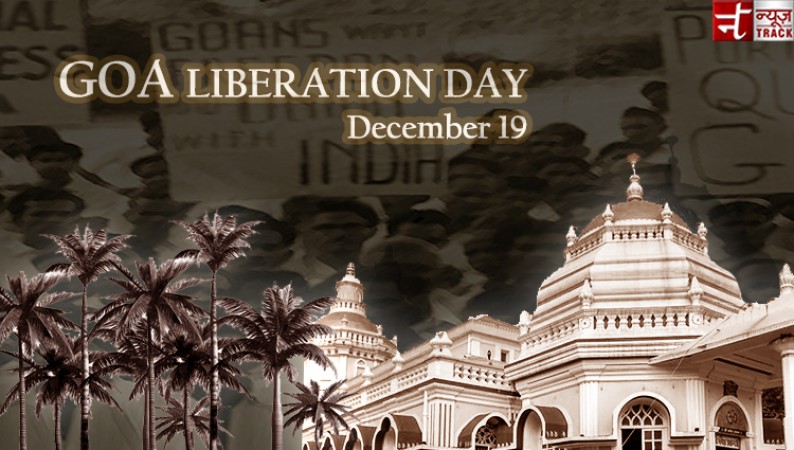
Goa Liberation Day is observed on December 19 every year in India. It marks the day Indian armed forces freed Goa in 1961 following 450 years of Portuguese rule.
On August 15, 1947, when India gained its Independence, Goa was still under the Portuguese rule. The Portuguese refused to give up their hold over Goa and other Indian territories. Following numerous unsuccessful negotiations and diplomatic efforts with the Portuguese, the former prime minister of India, Jawaharlal Nehru, decided that military intervention was the only option.
According to the Indian Navy data, Indian troops reclaimed the Goan territory on December 19 with little resistance and the deposed governor-general Manuel António Vassalo e Silva signed the certificate of surrender thus bringing Portuguese rule in the region to an end. This made India completely free from foreign rule. “The War Memorial at Indian Naval Ship Gomantak was constructed in memory of seven young gallant sailors and other personnel who laid down their lives on 19 December 1961 in the “Operation Vijay” undertaken by the Indian Navy for the liberation of Anjadip Island and Territories of Goa, Daman and Diu,” the website said.
Goa Liberation Day is marked by an abundance of events and festivities in Goa though this time because of the pandemic the celebrations are expected to be muted. A torchlight procession is ignited from three different locations in the state, eventually all meeting at the Azad Maidan. This is where a tribute is made to those who lost their lives in the takeover of Goa.
India recognised scientific evidence-based approach amid COVID-19: HM
SwedenIndia Nobel Memorial Week Virtual event to celebrate women scientists
Vijay Diwas: Modi Govt to tribute martyrs on 50th anniversary of 1971 Indo-Pak War